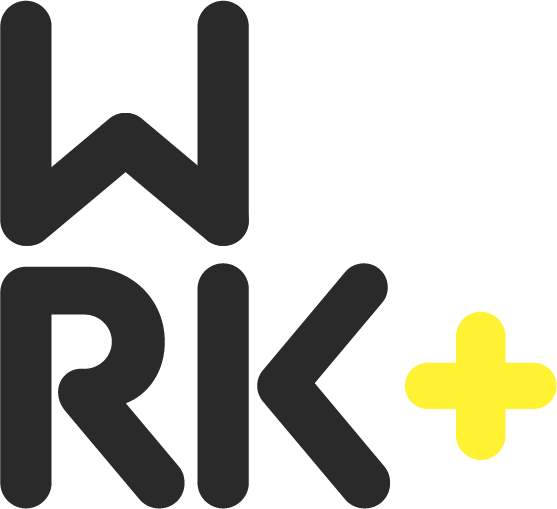Supporting Mental Health at the 2023 Best Places to Work
Tuesday 10th October marks World Mental Health Day, a day to raise awareness and drive actions that promote mental health as a universal human right.
Today, workplace wellbeing is so much more than a fruit bowl in the break area.
Broader and more relevant wellbeing encompasses an individual’s primary health dimensions — physical, mental, and financial. Nurturing these dimensions can help your team members live longer, happier lives as well as be more productive at work.
Investment in multiple dimensions of wellbeing is correlated with high levels of employee engagement, productivity, loyalty and employee wellbeing.
When a person is in good mental and physical health, they are more resilient. They are also more productive because they have enough energy to focus on their work and make time for colleagues.
A healthy workplace is one where both team members and leaders work together to promote healthy actions and behaviours to keep everyone safe and well.
Taking care of your teams’ mental and physical health has many benefits. Making healthy habits as easy as possible will also help your teams make better decisions about their wellbeing.
At The 2023 Best Places to Work
84% have a mental health plan in place.
Mental Health Plans raise awareness about the mental health continuum, reduce stigma associated with mental illness, promote help seeking behaviours and emotional well-being practices, and prevent suicide through individual education and outreach events.
100% rolling out Mental Health First Aid Training for managers and leaders
Managers who receive mental health training possess the ability to identify signs of distress or struggling employees. They can then initiate conversations, provide early intervention, and offer support. With many of our team members working in a hybrid model, this is becoming an essential people leadership skill.
88% offer flexible scheduling
100% offer hybrid working solutions
How do their teams work.
Offering flexible scheduling and hybrid working allows employees to manage their work/life blend and increases employees' control over working hours. This has beneficial effects on depressive symptoms, burnout, fatigue, psychological distress, and emotional exhaustion.
Additional strategies to consider:
Ensure regular catch ups with all team members.
Instead of asking “how are you?”, ask “what does your sleep look like at the moment? What does your exercise and nutrition look like at the moment? What does your social life look like at the moment? What does your workload look like at the moment?”
Keep a look out for overtime, and people not taking breaks during the day.
Monitor for a changes in absence patterns.
Share your company Employee Assistance Program (EAP) details.
WRK+ can assist you in creating Mental Health strategies in your workplace.
Continue Reading

